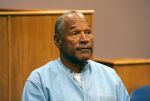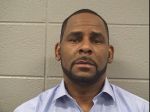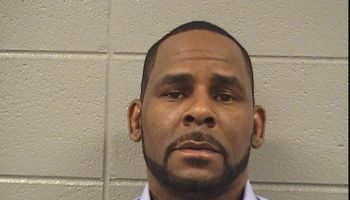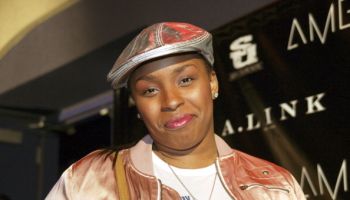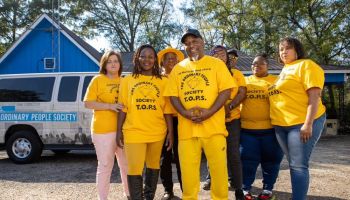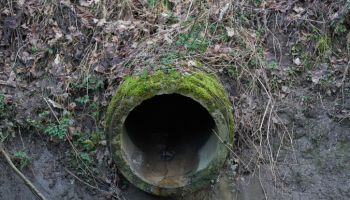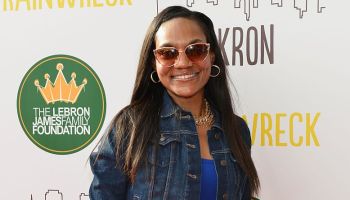The Rodney King beating set off a spark within Los Angeles’ black community, and when the four officers charged with assaulting him were acquitted, that spark exploded into the worst riots our country had seen in decades, or possibly ever.
Bob Tur and Marika Gerrard, a former husband and wife news reporting power duo, caught some of the most important footage to come out of the April 1992 LA riots in their helicopter far above the disintegrating City of Angels. The Huffington Post spoke with both Tur and Gerrard, now divorced, about their unique vantage point, what they feel went wrong and how they found themselves live-broadcasting the horrific beating of white truck driver Reginald Denny at the now famed corner of Florence and Normandie in South Los Angeles.
HuffPost: What was the sequence of events that led to you being in your helicopter capturing the (now famous) Reginald Denny beating on camera?
Marika Gerrard: At that time, we were working with KCOP and KNX news radio, so we had our own assignment desk and we were pretty much able to assign ourselves whatever we wanted to cover. So we were prepared. We were sitting in the hangar waiting for the verdict and when the verdict actually came out, Bob happened to have just walked out of the hangar into the bathroom. I had to run out and bang on the bathroom door yelling, “Let the riots begin!” We were absolutely positive that it was not going to be taken lightly by the community.
Bob Tur: When I told my contacts at the KCOP assignment desk that we were getting ready to take off to cover the impending violence, they told me, “Don’t bother going until 10 o’clock and tell the city that everything is calm.” I couldn’t believe what I was hearing. I had a two-way radio in my hand, and I threw it across the floor. They were so out of touch with the community. And that really underscores one of the contributing factors to the LA riots: political correctness blinded a lot of people. It’s almost like a malignancy that white people suffer from. So I was told not to fly, but I ignored it, and we took off and flew the helicopter to South Central.
Prior to the LA riots, we went down there and talked to cops and gang members and we were told by the gang members, “We’re going to kill white people and Hispanics and Buddha Heads,” and I believed them. We flew over South Central in the area controlled by the Crips, between 83rd Street and Normandie, and it wasn’t long before we saw the very first violence. It began with looting and then it spread out to the street. About an hour or so later, we saw people throwing rocks and bottles at passing automobiles.
How did filming the Reginald Denny beating alter the course of the riots at that time?
Gerrard: I think what it showed really clearly was that the police were not going to do anything. If it’s something as horrific as someone being beaten to death live on TV, and the police are not showing up, well it sure gave a powerful message to the community. So the violence started there and then it became a loot-fest. It also pointed out to people that there’s a thin line in civilization. If enough people decide not to do what’s right — not to obey the law — then there’s not enough police to contain it.
Tur: People individually are smart. Mobs are incredibly stupid and dangerous. The impact that the video had is it saved lives. It saved Mr. Denny’s life. It saved the lives of countless people -– this confirmed by the LA County’s D.A. office –- because we warned people to stay out of the area. Yet, by televising in real-time that the police were not going to show up, it caused a billion dollars of damage in looting. The only thing that can stop a riot, and it has to be done early on, is violence. What was required of the police was to have gone at Florence and Normandie and, on live TV, shoot at least one or two people, sending the message that this will not stand.
But understandably, the police did not want to be seen on live TV shooting people. Because they weren’t going to be backed up. Nobody was going to stick their neck out. The only people that stuck their necks out for the city were the reporters covering the story.
What did it feel like to be a reporter at that time?
Gerrard: One of the things that keeps going through your mind as you cover a story like this is, “How is this possible? How is this my city?” And you’re looking around and seeing major fires everywhere, smoke everywhere. And you’re starting to wonder, “How is this going to end?” But then we would drive home for an hour’s rest to the Pacific Palisades, and it’s like nothing’s happened.
Tur: We didn’t stop flying for three days. We only stopped long enough to make sure the kids were okay and to take a shower and get back out there. It was three days of rough work and under dangerous, difficult conditions. We were not immune to the violence down below. We were shot at. We took $154,000 worth of damage to the aircraft.
Watching the violence take place on the streets below was horrific. It was a horrific time and we felt helpless. It just showed really how quickly things can devolve. We’re seeing some of the very first signs of it in Florida right now with the Trayvon Martin case. That’s why George Zimmerman has been charged. If he was not going to be charged, there was no way he could have been convicted. It was done just to cool down racial tension and I totally understand why.
To read more of the interview, click on the link below:
Article Courtesy of The Huffington Post


